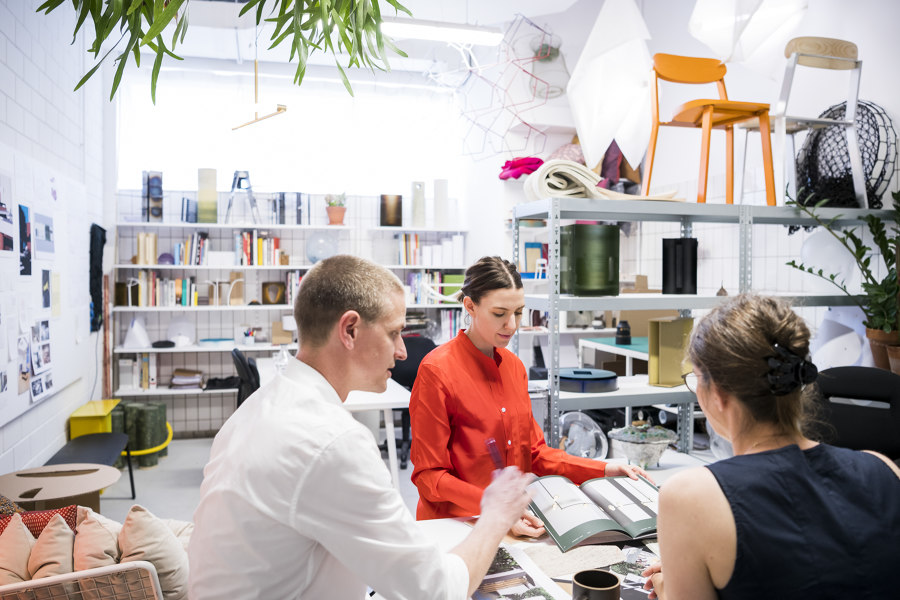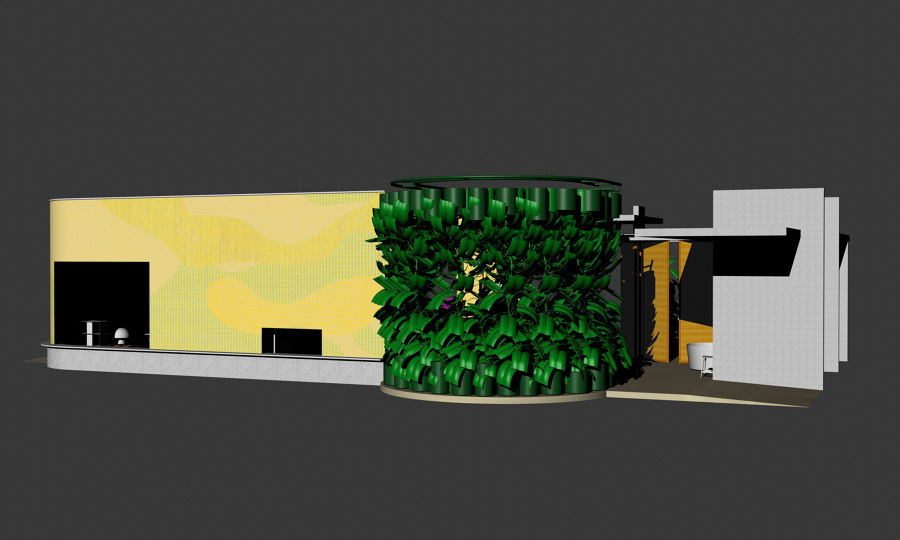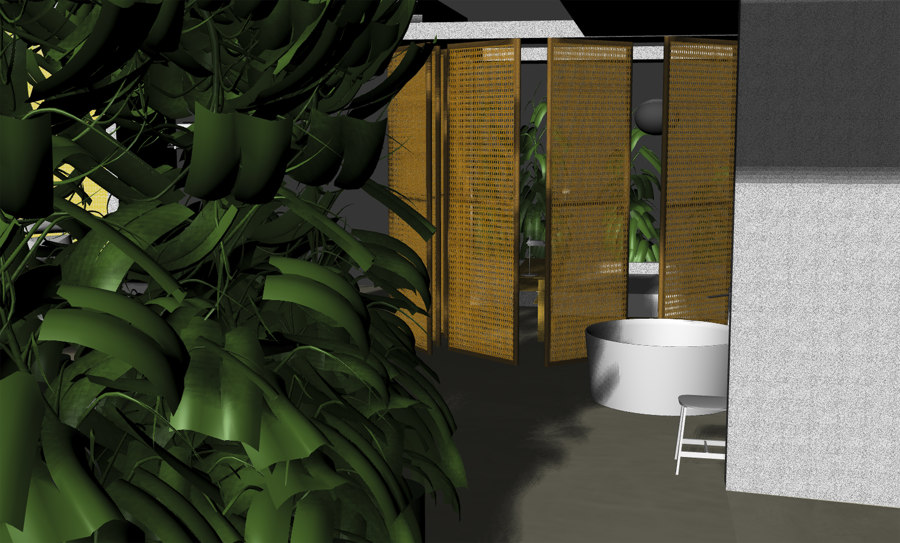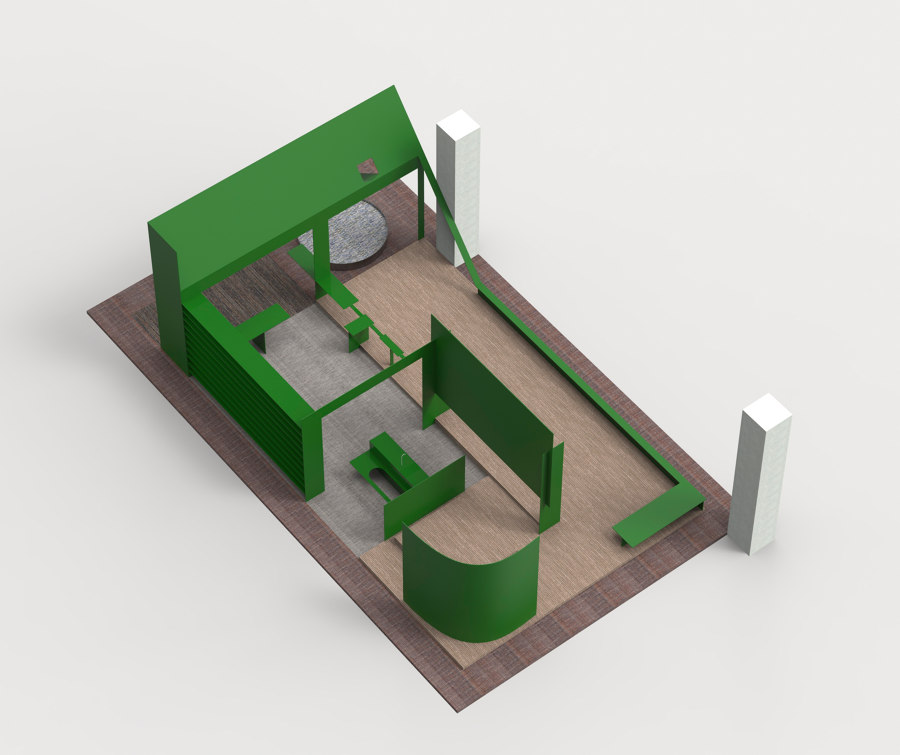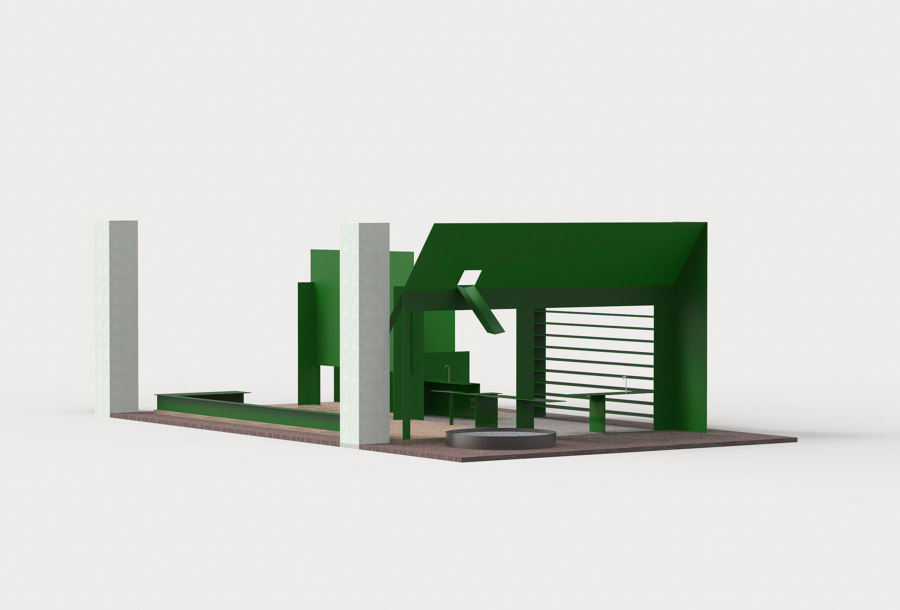Alternative facts: imm cologne 2019
Brand story by Simon Keane-Cowell
Zürich, Suisse
04.12.18
January’s big-top international design fair is as much a platform for new ideas and inspiration as it is a showcase for the latest products.
So moody: the latest iteration of Das Haus at next January's imm cologne comes courtesy of Australian design studio Truly Truly and examines the relation between space and emotions
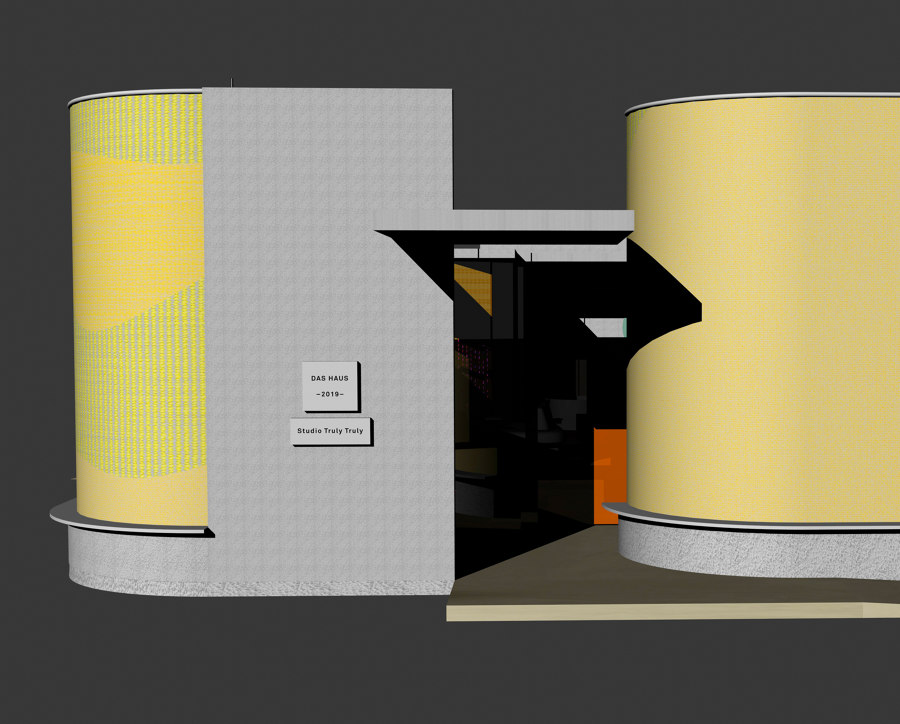
So moody: the latest iteration of Das Haus at next January's imm cologne comes courtesy of Australian design studio Truly Truly and examines the relation between space and emotions
×imm cologne ain’t what it used to be.
The world’s longest-running international design event is certainly one of the must-visit trade fairs of the year for professionals. But it has long slipped the bounds of the mere product exhibition. Over a number of years now, its organisers have fashioned imm cologne into an ideas manufacturer as opposed to just a manufacturing showcase – an atelier for new and alternative thinking.
Two concept-led projects at next January’s edition are set to offer architects and other visitors new ways of imagining familiar spatial typologies. On the one hand, now in its eighth incarnation, ‘Das Haus: Interiors on Stage’ – this time round conceived by Australian design studio Truly Truly – will rethink the conventional logic of the domestic sphere. “We see the project as an opportunity to question some of the typical ways our living environments operate and to work up alternatives,” the creative duo explain.
Inner visions: Studio Truly Truly, authors of the 2019 Das Haus at imm cologne, and respected Swiss designer Häberli, who presents his kitchen of the future at LivingKitchen, both deliver alternative visions of how interiors might look and feel
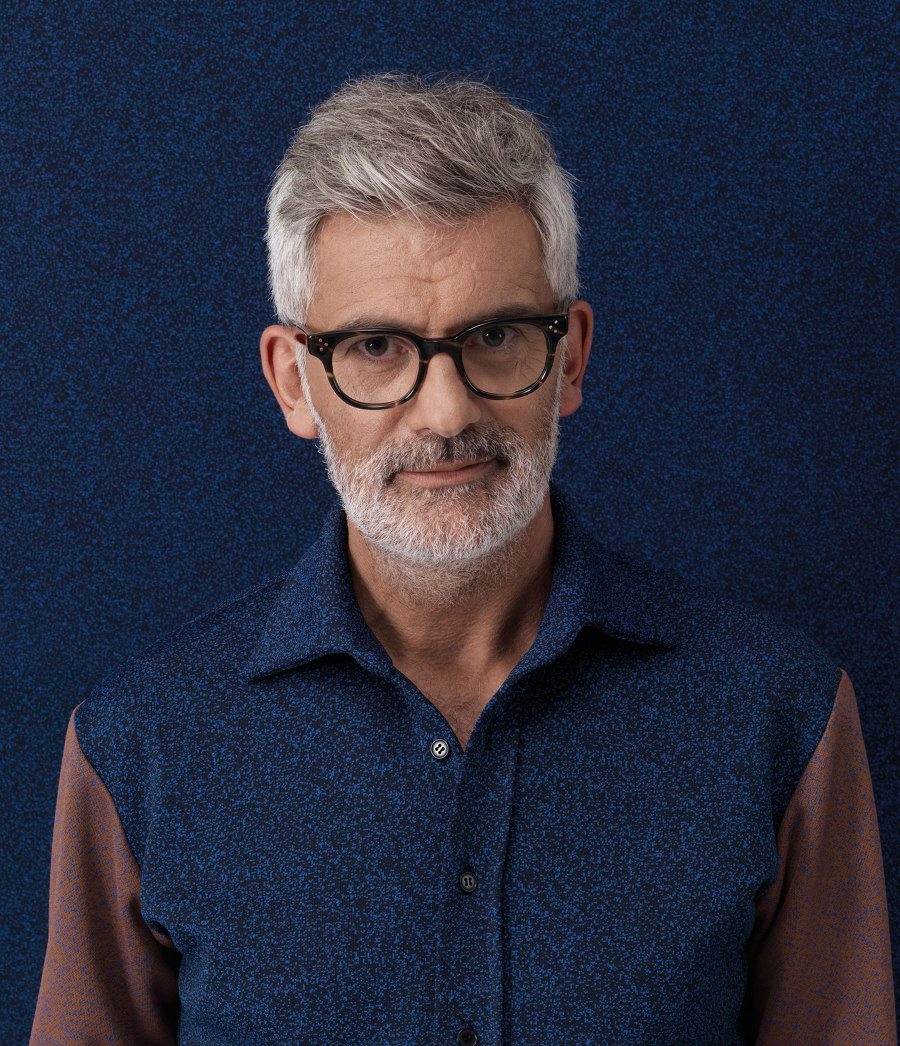
Inner visions: Studio Truly Truly, authors of the 2019 Das Haus at imm cologne, and respected Swiss designer Häberli, who presents his kitchen of the future at LivingKitchen, both deliver alternative visions of how interiors might look and feel
×Meanwhile, prolific Swiss designer Alfredo Häberli has been charged with presenting his personal vision for the kitchen of the near future – as part of the fair’s popular LivingKitchen international trade show. “I grew up in Argentina, which meant I spent more time in the kitchen than in the living room,” he says. “I still have the nose for the kitchen, as it were, and I’m proud of that.”
People don’t gather around a television anymore
We all know how difficult contemporary life can be. The more digitally driven our world becomes, the faster its pace and the more fragmented we can feel psychologically and emotionally. Pushback comes in the form of living more mindfully. Setting boundaries. Taking time to be with ourselves. Positing, or perhaps encouraging, a more conscious way of being at home, where the relation between the interior-architectural landscape and our emotional landscape becomes more clearly expressed, Truly Truly have, for their approach to Das Haus, created a domestic stage “where spaces are defined by moods rather than by functions”.
Here, there and everywhere: "We’re attempting to blur the boundaries between spaces. Not to have strict spatial codes,” says Truly Truly’s Joel Booy of their Das Haus project at imm cologne 2019
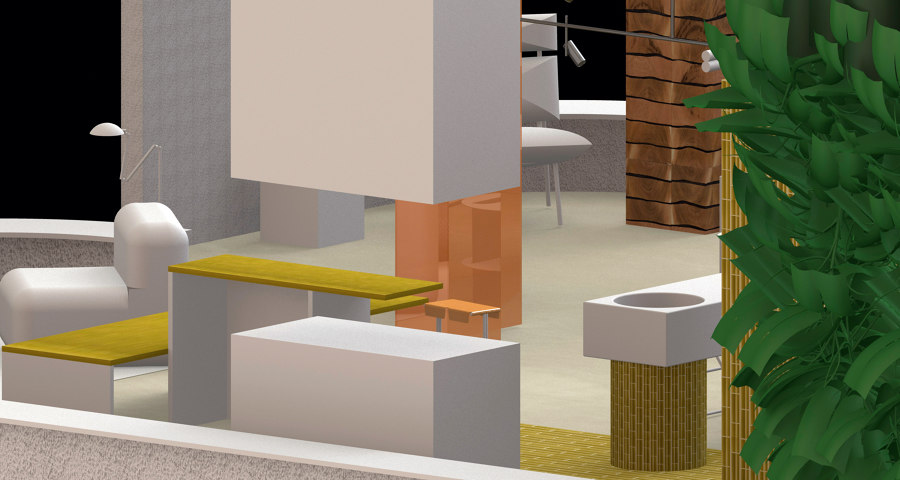
Here, there and everywhere: "We’re attempting to blur the boundaries between spaces. Not to have strict spatial codes,” says Truly Truly’s Joel Booy of their Das Haus project at imm cologne 2019
×Das Haus 2019 dispenses in part with the traditional programmatic nature of domestic rooms – there’s no living room as such, for example – and instead introduces “a reclusive space, a reclining space, an active space, a relaxing/serene space, and so on. We’re attempting to blur the boundaries between spaces. Not to have strict spatial codes,” explains Truly Truly’s Joel Booy. Using materials and tactility as their point of departure, the studio hopes to question the status quo of the domestic realm, offering something that’s abstract and interrogative, yet warm at the same time.
“The way people live is evolving,” says partner Kate Booy. “People don’t gather around a television anymore. Entertainment can be consumed in so many different ways these days. That can happen in any number of places in a home. And we see the same for other functions. It’s much more dependent on what you’re doing and the mood you’re in, when it comes to where you might choose to carry out that particular activity.”
This is what the future tastes like
The kitchen plays an important role in the Das Haus, “interacting”, as Joel Booy puts it, “with neighbouring spaces”. For Alfredo Häberli, author of LivingKitchen’s kitchen of the future, it’s an overdetermined space, where our most fundamental needs are met – the need to consume food and the need to consume company. We’re social animals after all and eating together is possibly one of the most bonding of rituals that there is. But while our needs might be primal and constant, we live in a world of material and technological flux, and the kitchen is adapting, and will continue to adapt, to how we live our lives.
Off-menu: “I deliberately want to elevate my design for a future kitchen to a certain level of abstraction,” explains Swiss designer Alfredo Häberli. Open and reduced, it becomes a touchstone for a wide range of questions and creative possibilities

Off-menu: “I deliberately want to elevate my design for a future kitchen to a certain level of abstraction,” explains Swiss designer Alfredo Häberli. Open and reduced, it becomes a touchstone for a wide range of questions and creative possibilities
דI deliberately want to elevate my design for a future kitchen to a certain level of abstraction,” Häberli explains, “because the times in which we are living are moving incredibly fast. My kitchen addresses the near future.” By presenting it as an open, reduced design – focusing on materials that appeal to the senses – it becomes a touchstone for a wide range of questions and creative possibilities. “Think of it as a concept car,” Häberli explains.
A specially developed app will provide an additional virtual layer to the space, introducing, for example, future-gazing appliances that go beyond their current configurations and mono-functions. “Think of the fridge. Why can’t it have a glass door or be horizontal instead of vertical? Or mobile, so you can bring it to the table?”
Eat, pray, live: We live in a world of material and technological flux, and the kitchen – like any space or building type – is constantly adapting to how we live our lives
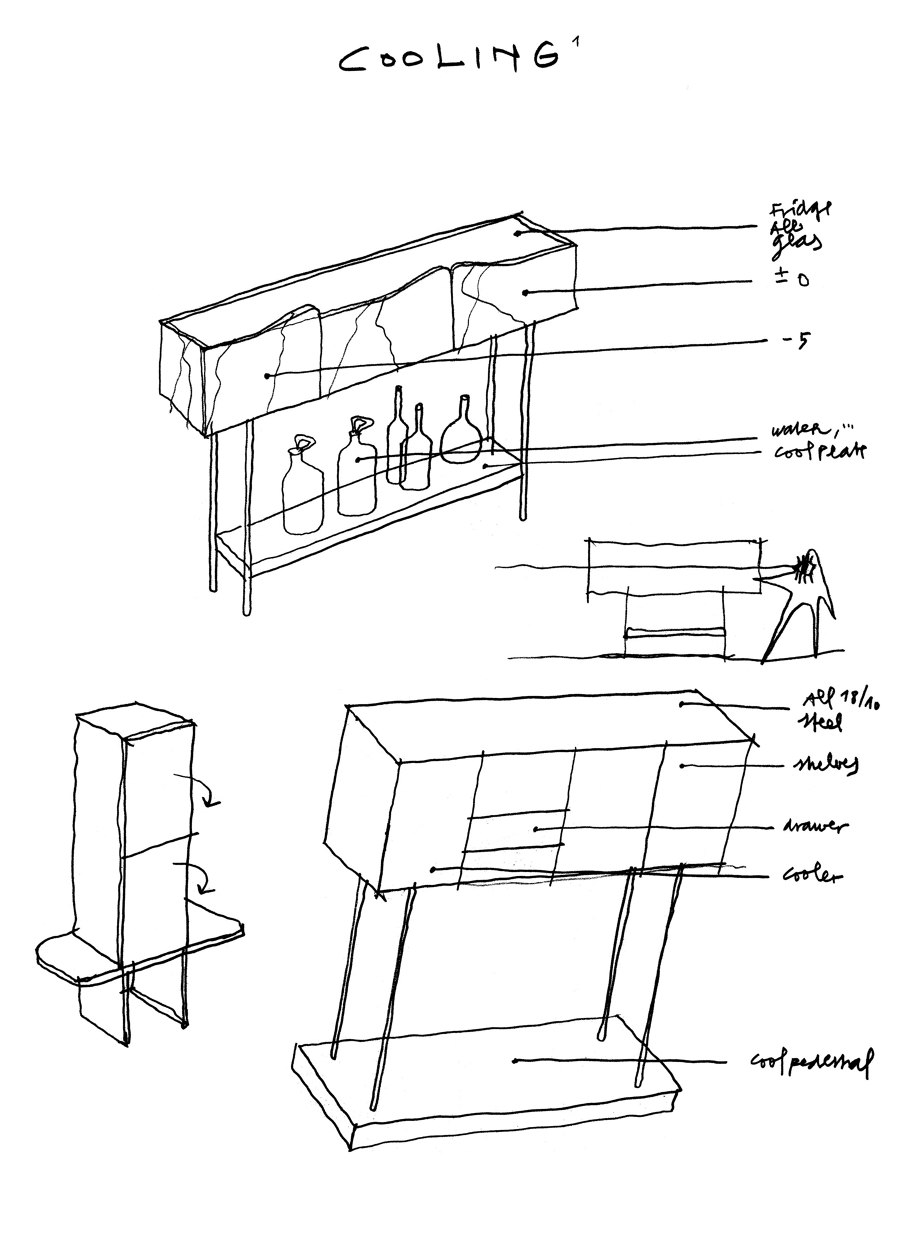
Eat, pray, live: We live in a world of material and technological flux, and the kitchen – like any space or building type – is constantly adapting to how we live our lives
×But, for Häberli, there’s something more critical on the menu. With more of us living on our own in ever smaller spaces, and the growing need for us to reduce growth to achieve real environmental sustainability, he will take the Italian cultural phenomenon of the tavolata – the communal dining table where sharing is the name of the game – as both prop and metaphor for his experimental kitchen space.
There’ll be plenty of food for thought this coming January at imm cologne.
© Architonic

